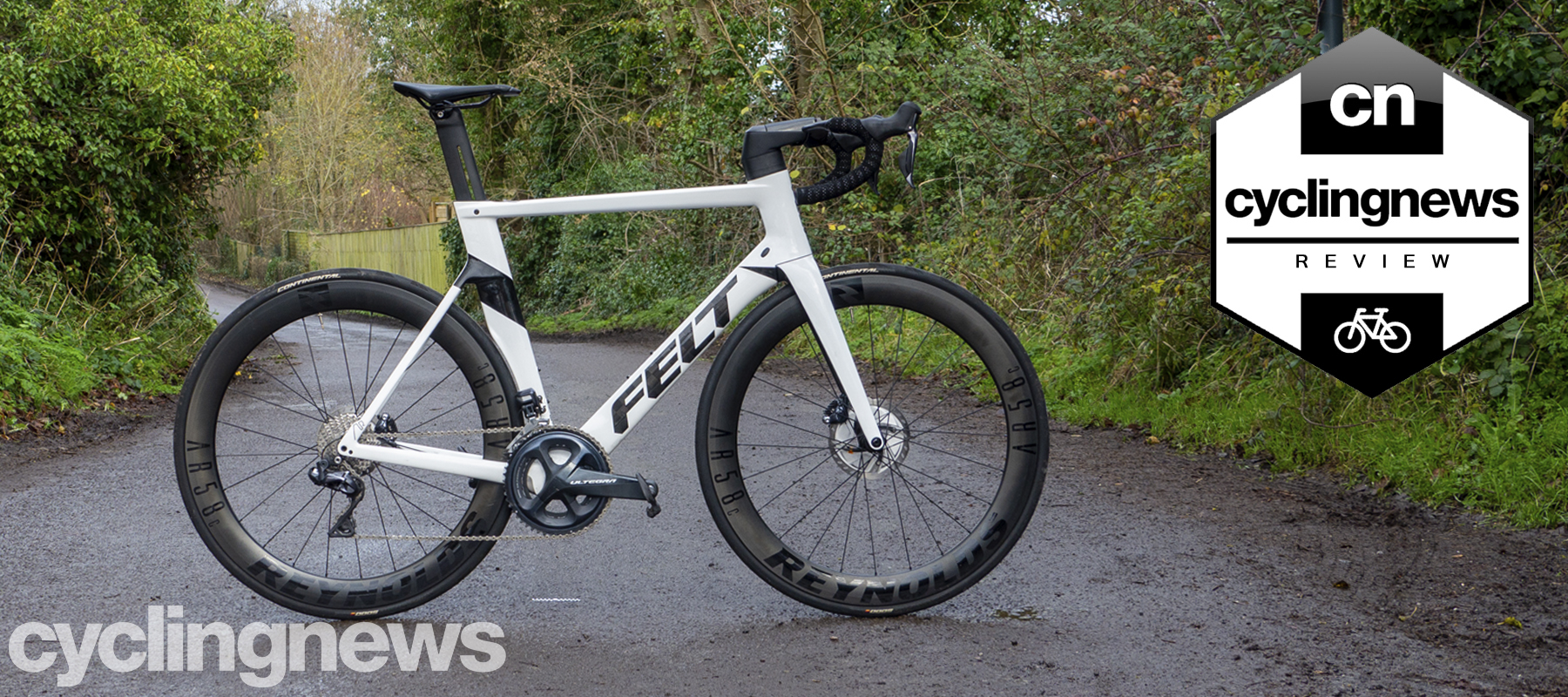Cyclingnews Verdict
Stiff and fast, the Felt AR is aero by both name and nature. Let down only by a few too many grams and the lack of a power meter, if you want flat-land speed, the AR is a worthy contender
Pros
- +
Straight-line speed
- +
Saddle clamp allows offset adjustment
Cons
- -
Weighty
- -
The aesthetics of the stem
You can trust Cyclingnews
We first caught a glimpse of the new Felt AR back in January when Rally Cycling turned up to the Tour Down Under aboard their 2020 race bikes. A few weeks later, Felt launched the new bike as its "most aero road bike ever", and not just faster but "better in every way".
It's the first update to the AR platform since 2014, and it enters the modern aero bike era with a definitive aero bang. Upon close inspection, you can tell it comes from the same gene pool as its forebear - for example, the split seat post - but the 2020 model is bang on trend with today's best aero road bikes, with a seat tube that hugs the rear wheel, truncated teardrop aero tubing, and semi-integrated cabling. It also follows the 2020 trend of a commitment to disc brakes, as well as an increase in tyre clearance, which has grown to 30mm.
There are six bikes in the Felt AR range, which grow from the reasonably budget-friendly €3,499 model equipped with Shimano 105 and alloy wheels, to the top-end Red eTap AXS-equipped model that fetches a halo-model-appropriate asking price of €13,599.00. There are two carbon fibre layups - Ultimate and Advanced - though only the top two models (Dura-Ace Di2 or Red eTap AXS) are given the Ultimate carbon.
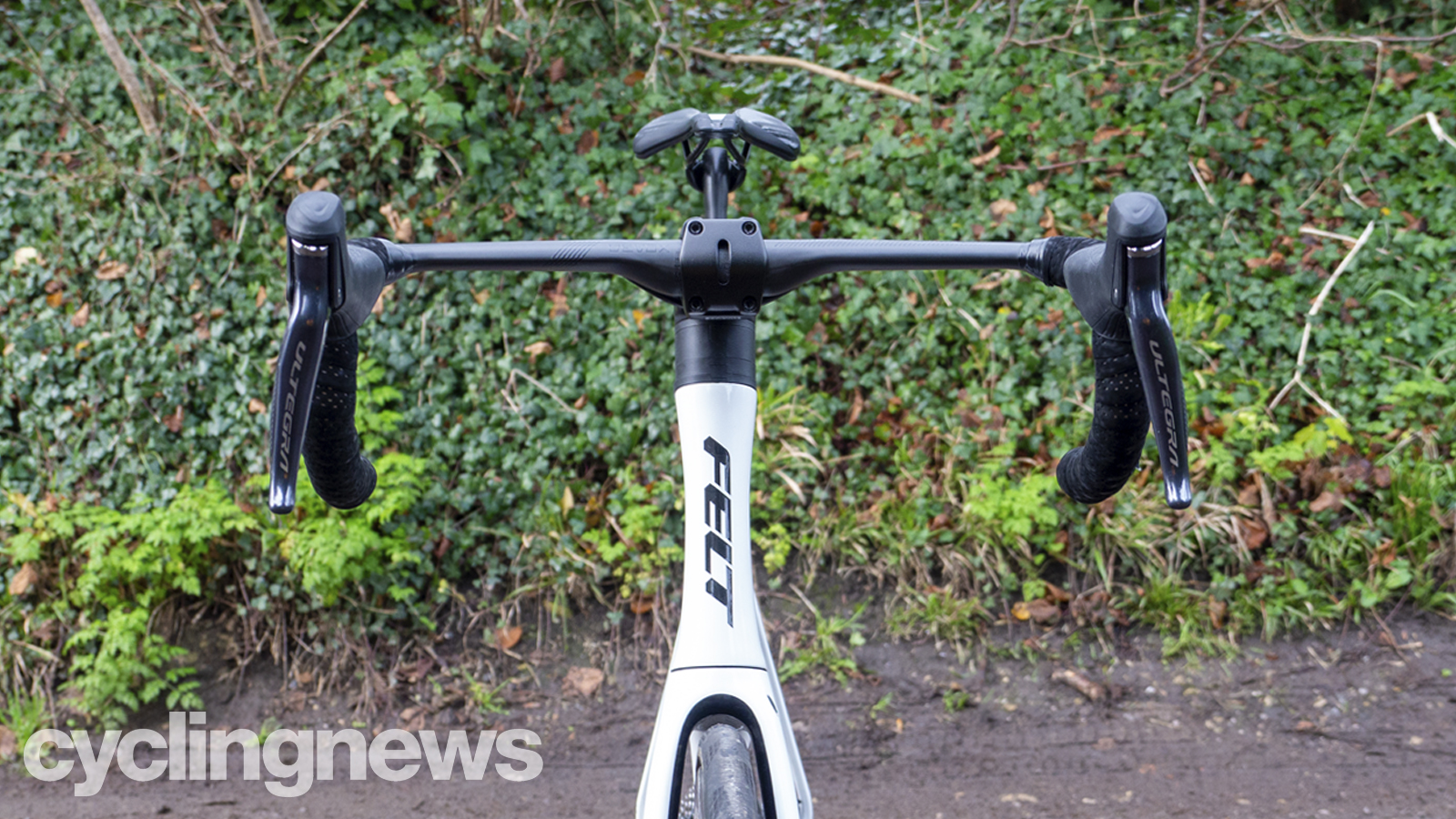
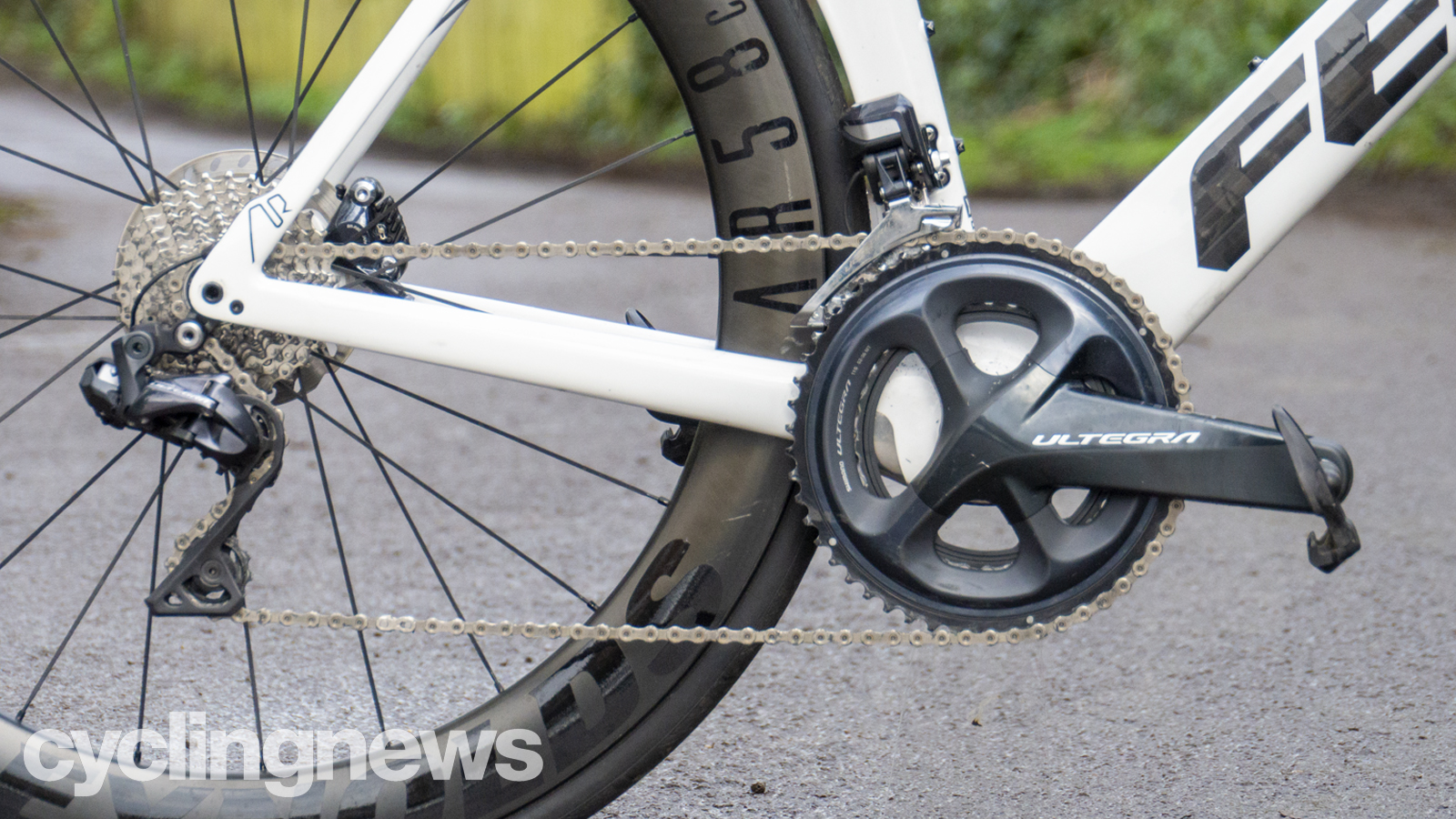
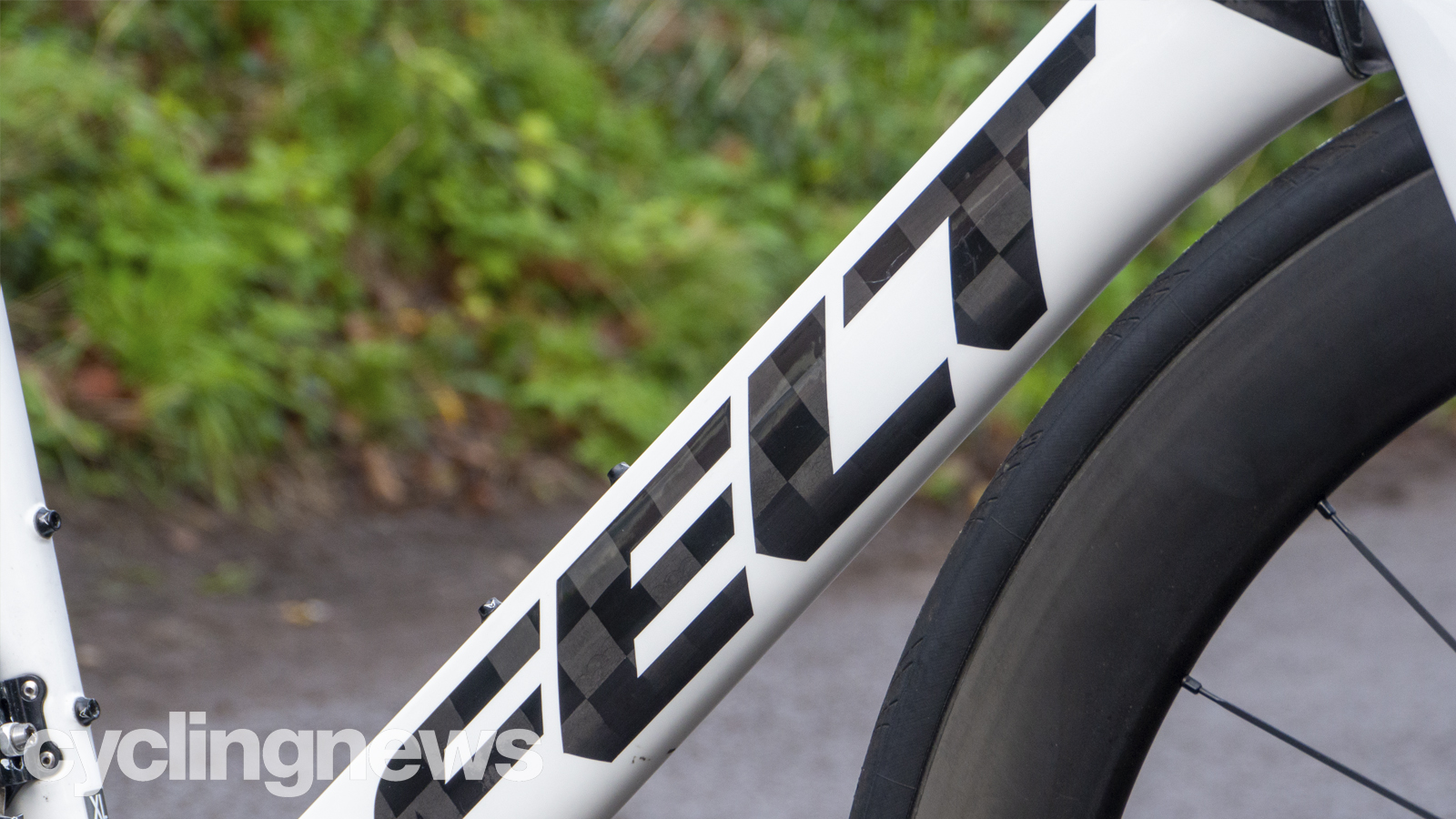
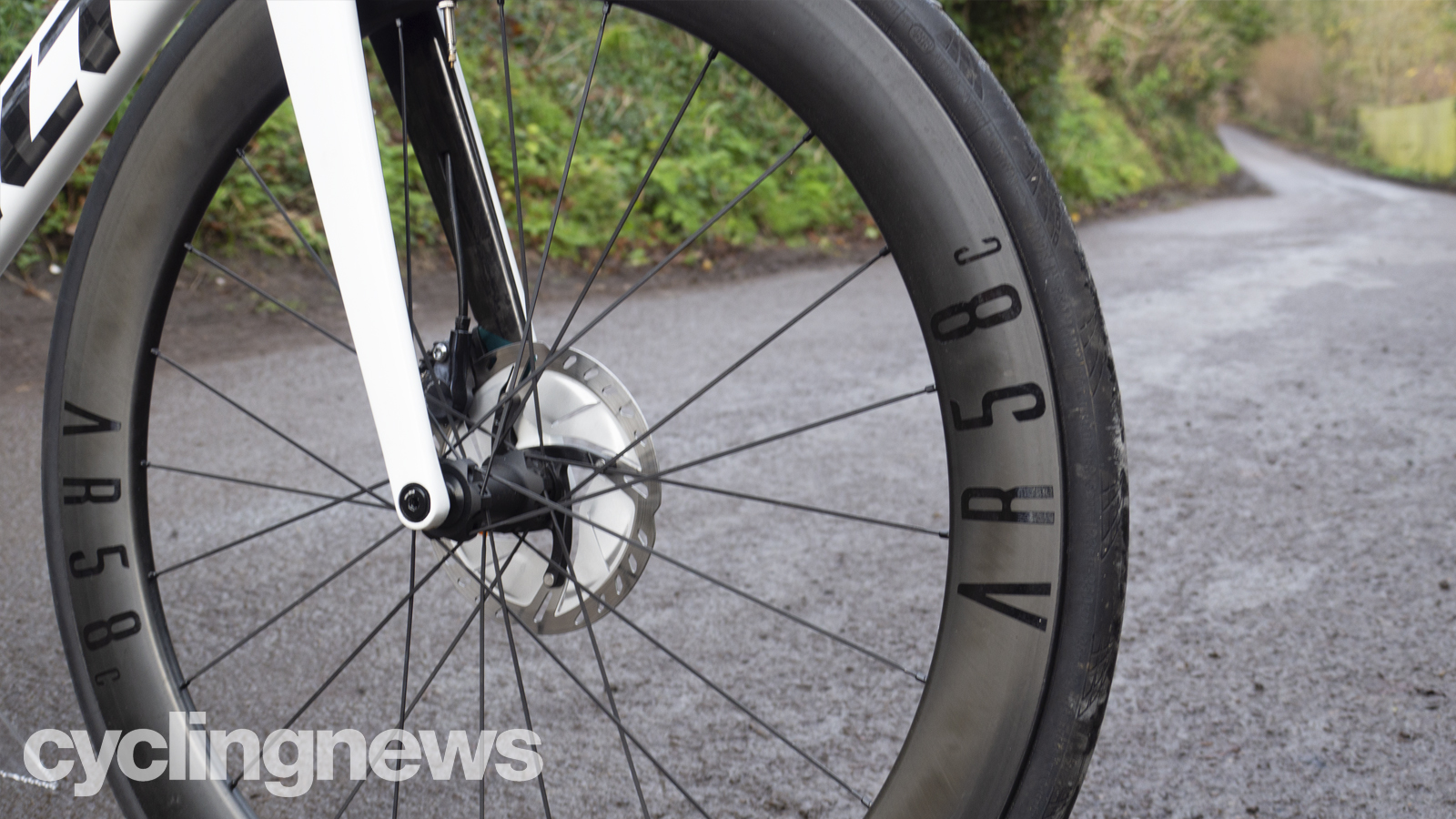
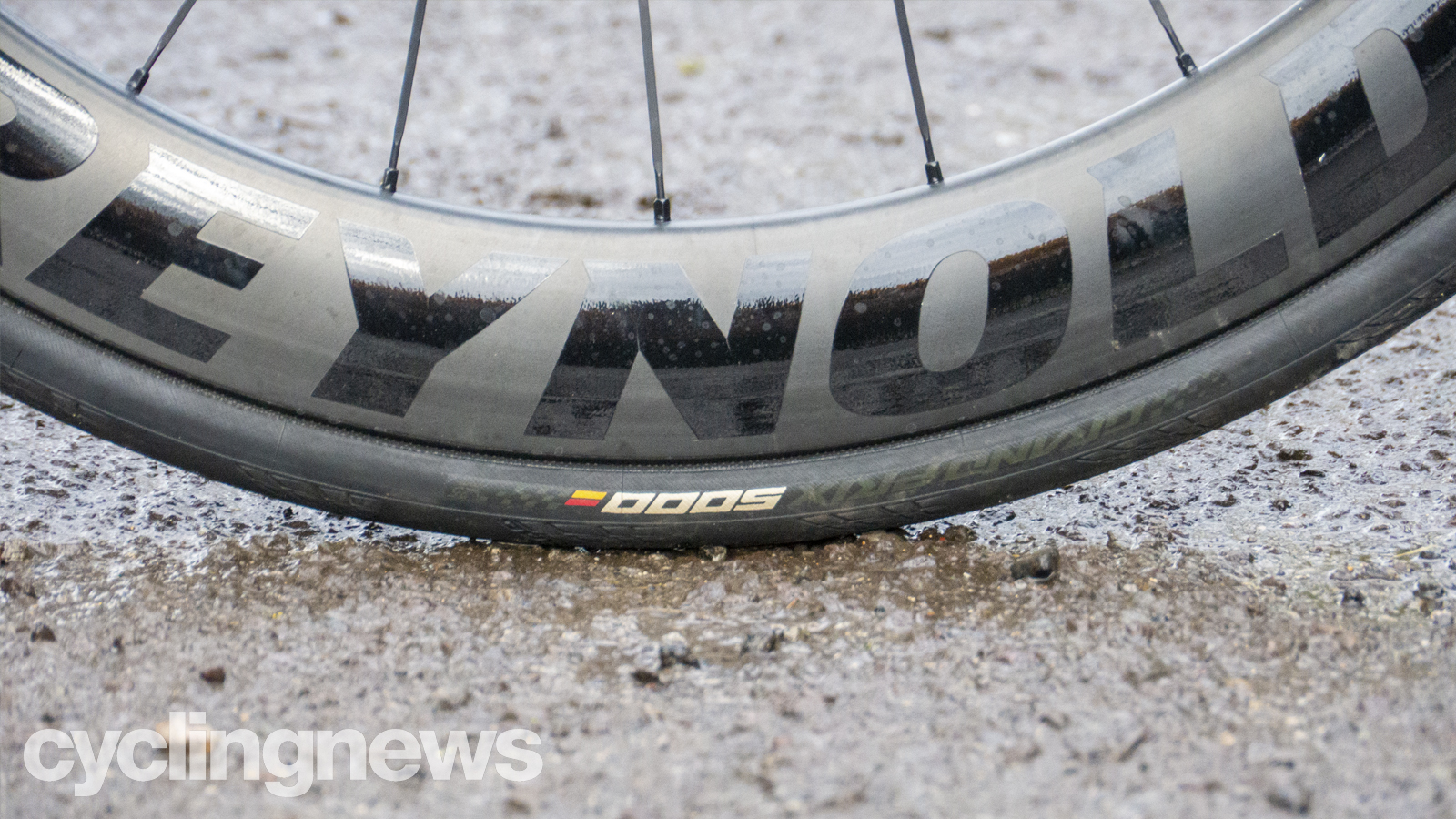
The model we have here isn't quite top brass with its tier-two carbon, but the Ultegra Di2 and Reynolds AR58 carbon wheels aren't to be sniffed at, and the asking price is a slightly-easier-to-swallow €6,399. We're testing the white version, which features black highlights throughout and a large carbon-weave design adds depth to the logo.
Design/Aesthetic
As I touched on above, the design of the 2020 model is unequivocally aero. The tubing is deep in profile and truncated in form. The seat tube carves around the rear wheel with millimetres of clearance, and the seatpost itself is as deep as you're likely to find on anything without tri-bars. Felt claims it is up to nine per cent faster than the former AR "depending on the conditions," or 10 watts more efficient - albeit you do have to be travelling at 48km/h to achieve those savings. Cynicism aside, I don't for a second doubt Felt's aero credentials; just take a look at the brand's success in the top triathlon and Ironman races and you'll see that Felt knows a thing or two about going fast.
With such deep tubes and sculpted aero form, it's perhaps unsurprising that the bike isn't the lightest on the scales. At 8.6kg (19.3lb), it's certainly noticeable, especially when the road points up.
Those familiar with the former Felt AR will recognise the split profile on the seatpost. While the former bike's seatpost was closed at the bottom, this time around it's open, which helps increase compliance by a claimed 112 per cent versus the old model. The seatpost is held in place by two clamps through this split, which makes for a secure and stable hold.
At the top of this post, the saddle clamp can be flipped to switch between a 0mm and 20mm offset - a useful feature, and one that can also be found on the Merida Reacto among others.
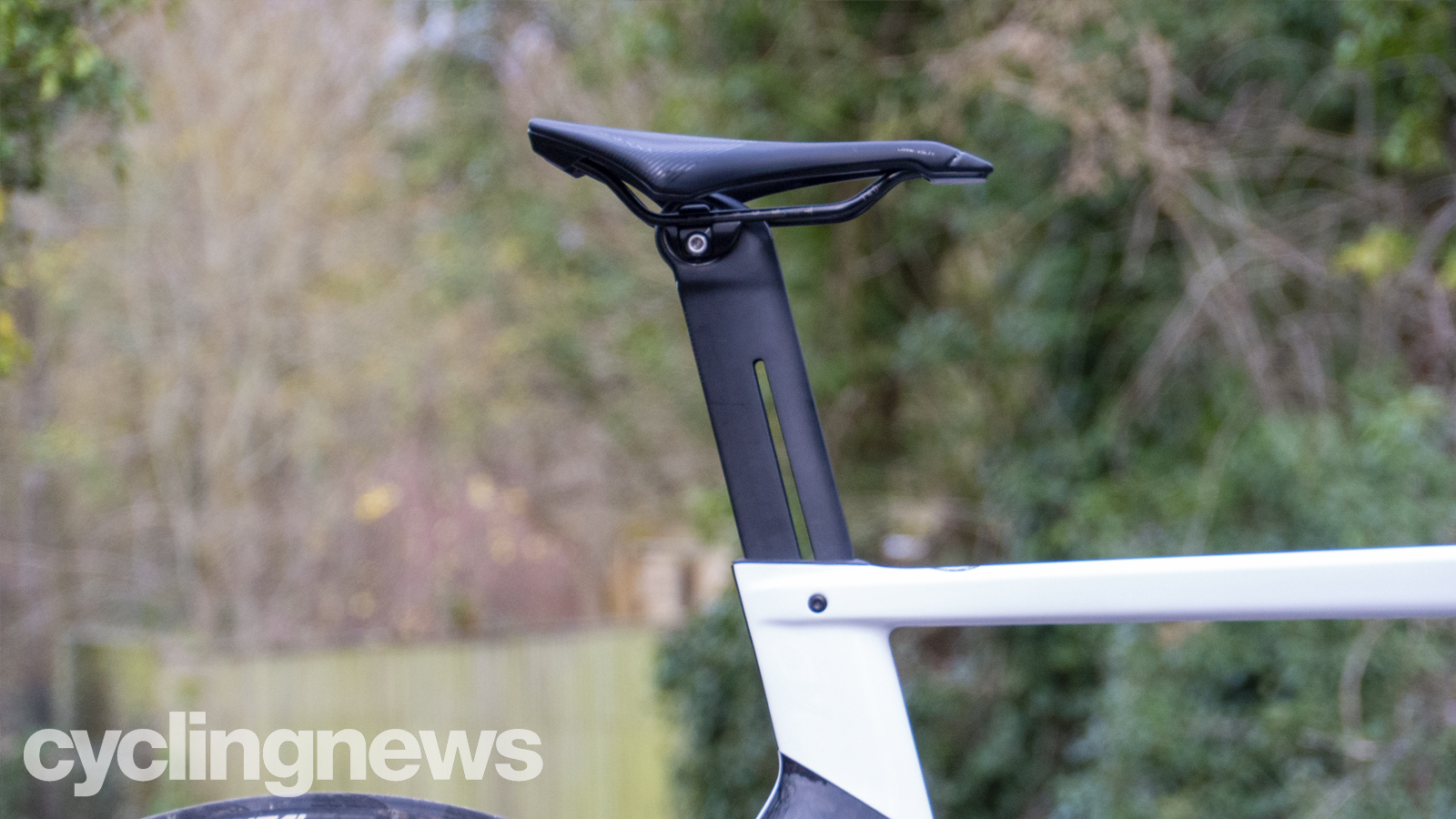
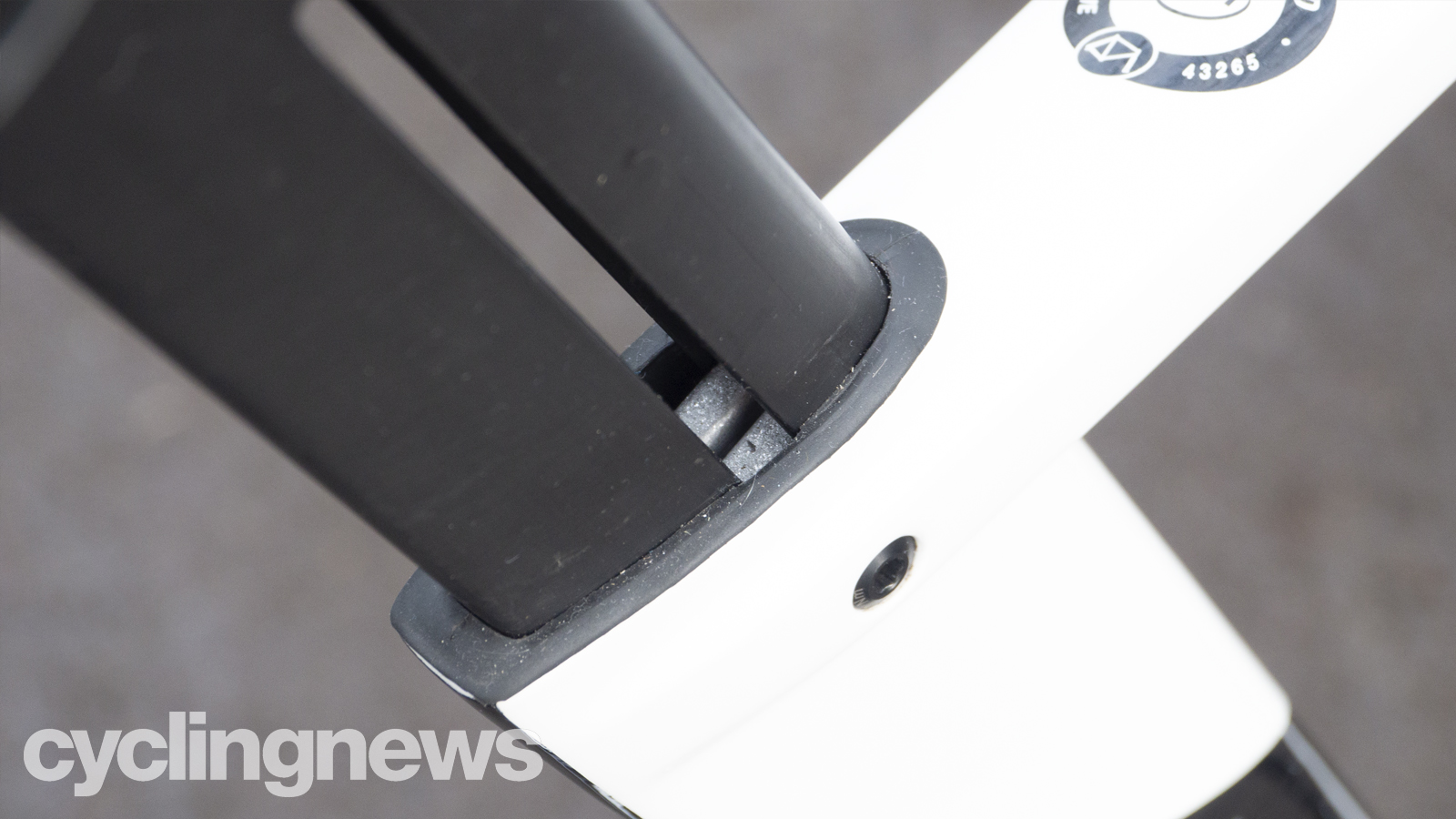
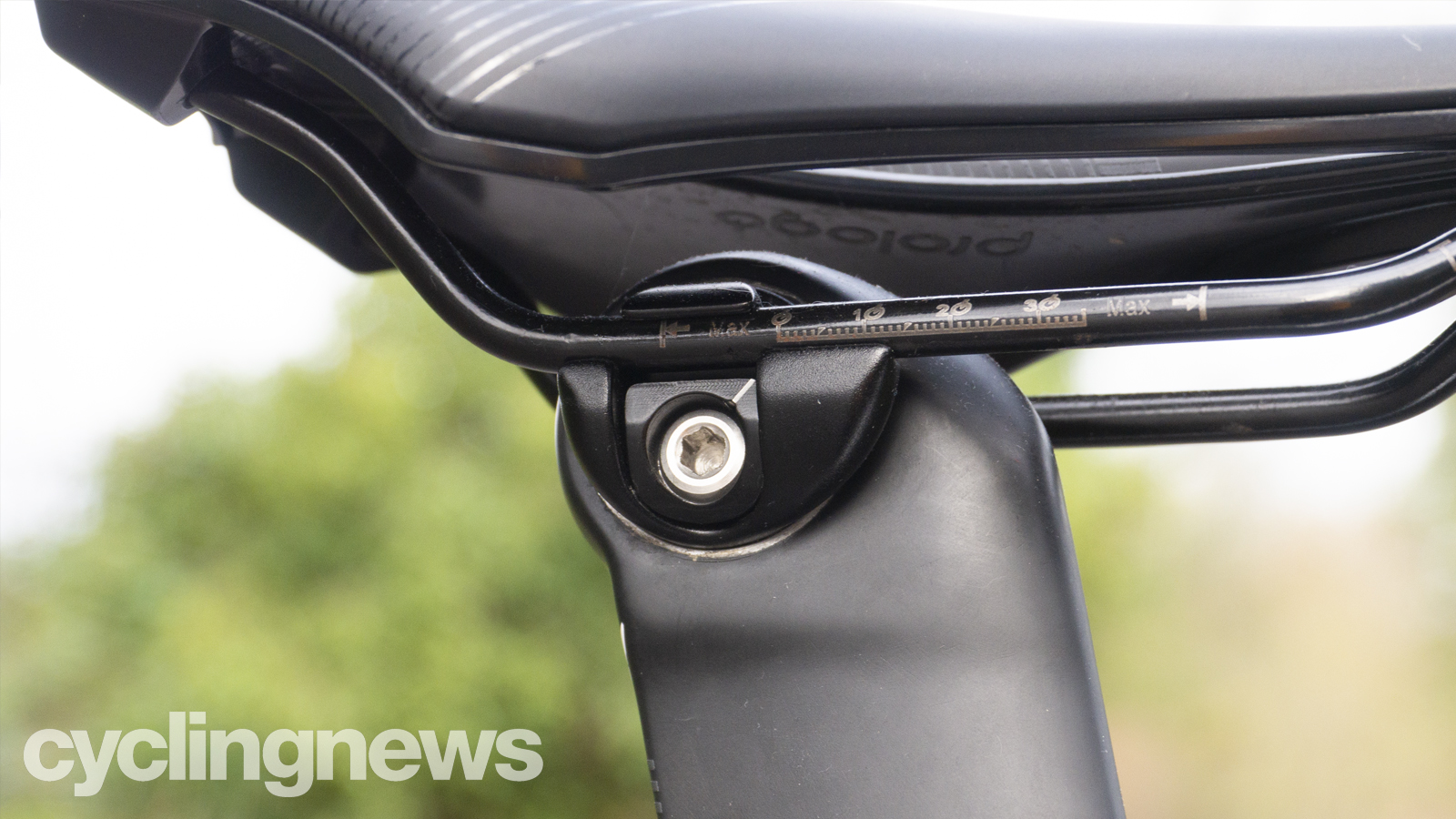
Specs
The model we have here is equipped with Shimano's Ultegra Di2 groupset, and as is very well documented by now, it's been faultless throughout our testing period. Cables are run internally through Felt's own carbon aero handlebar, and into a port you'll find beneath the stem.
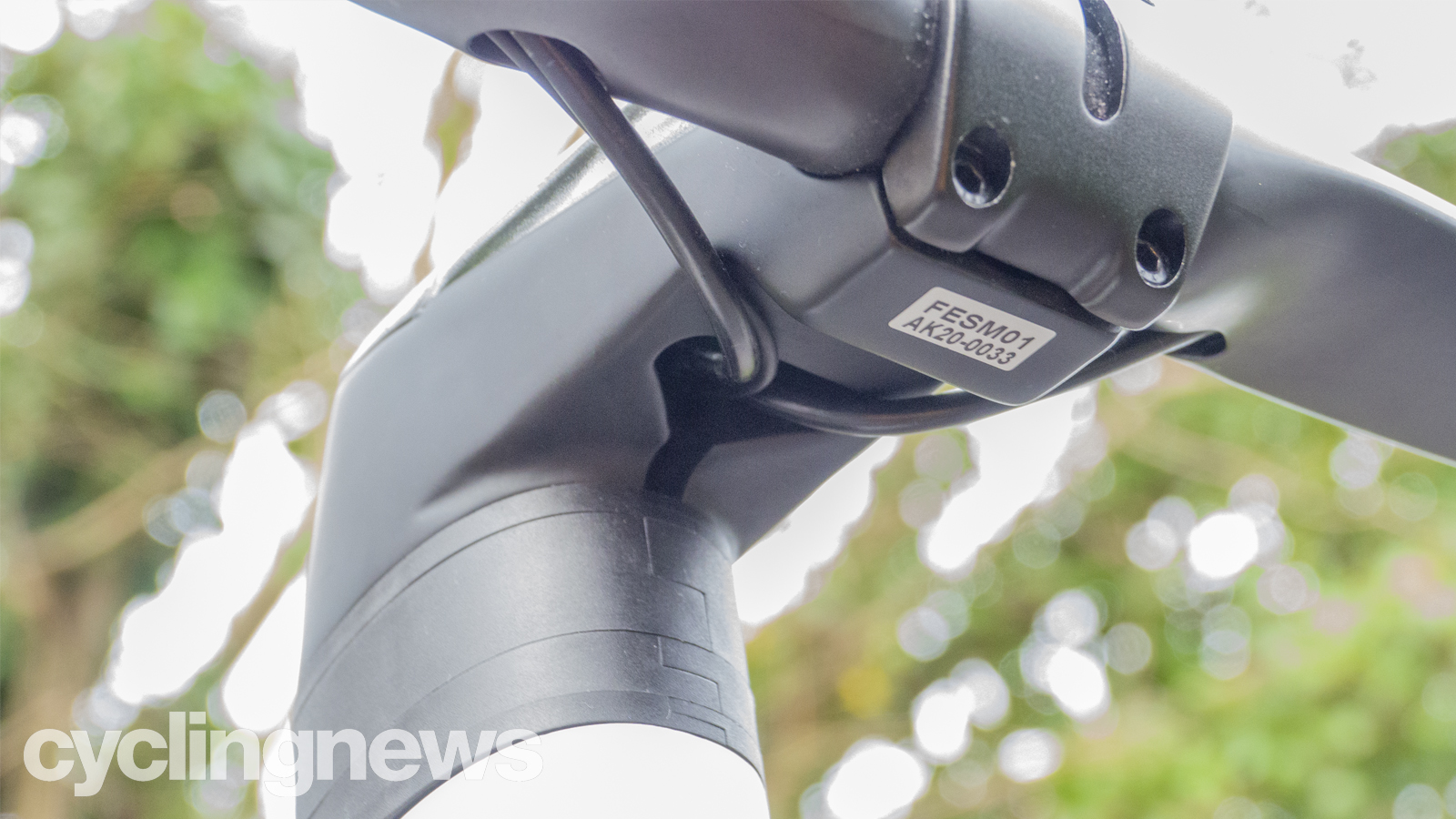
The Advanced carbon frame is utilised by lower-specced models that go without the integrated cockpits, and as such, on the non-drive side, you'll find entry ports for cables on the fork and down tube.
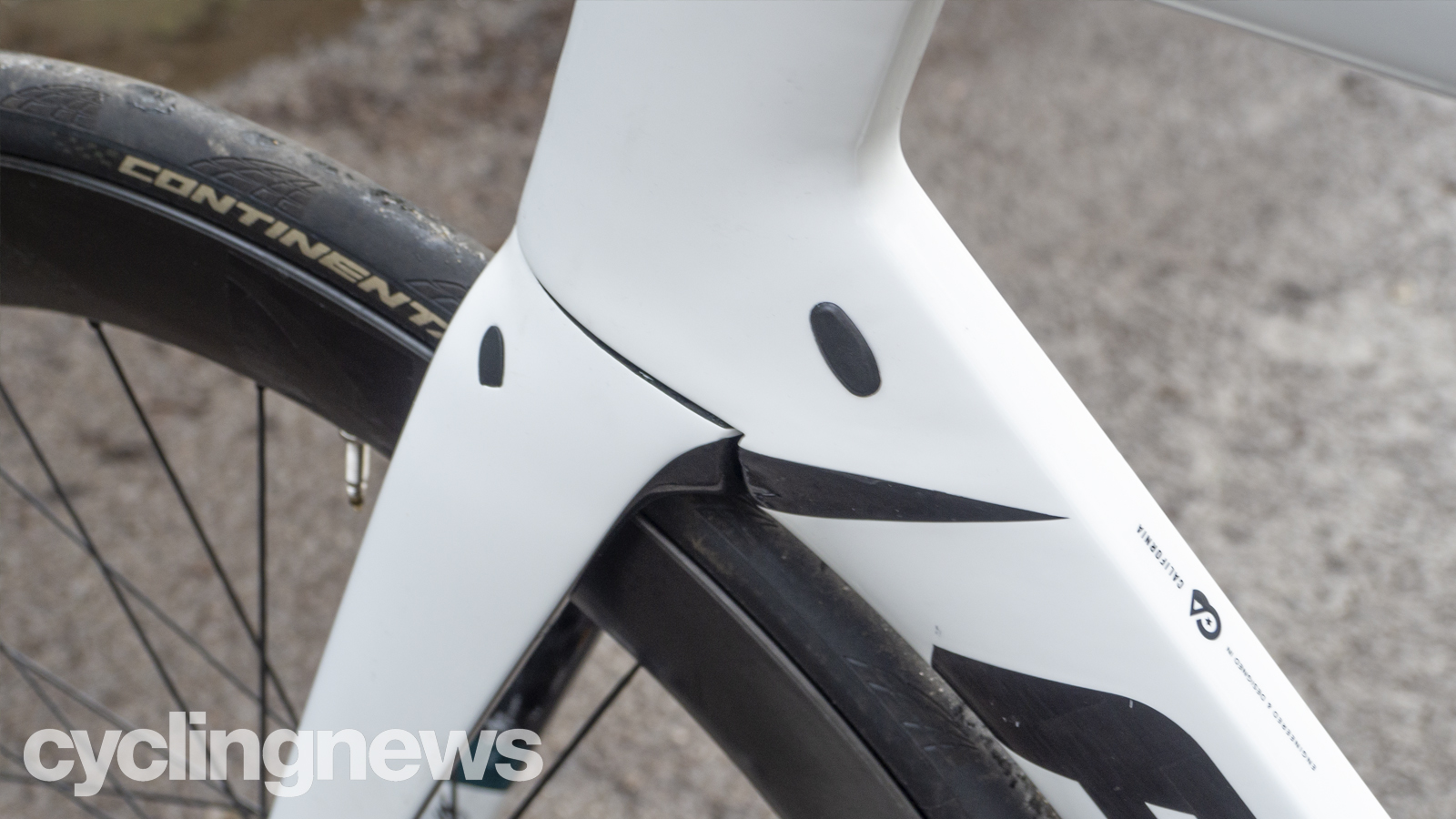
The stem, which Felt calls the Sprint, is quite frankly enormous. Our 58cm bike is fitted with a pretty standard 110mm model, but its girth has been the talking point for anyone meeting the bike for the first time. It's certainly 'sprint' in aesthetic, and it lives up to its name in performance terms, too. I've not removed it to weigh it, but I can't imagine it's all too svelte.
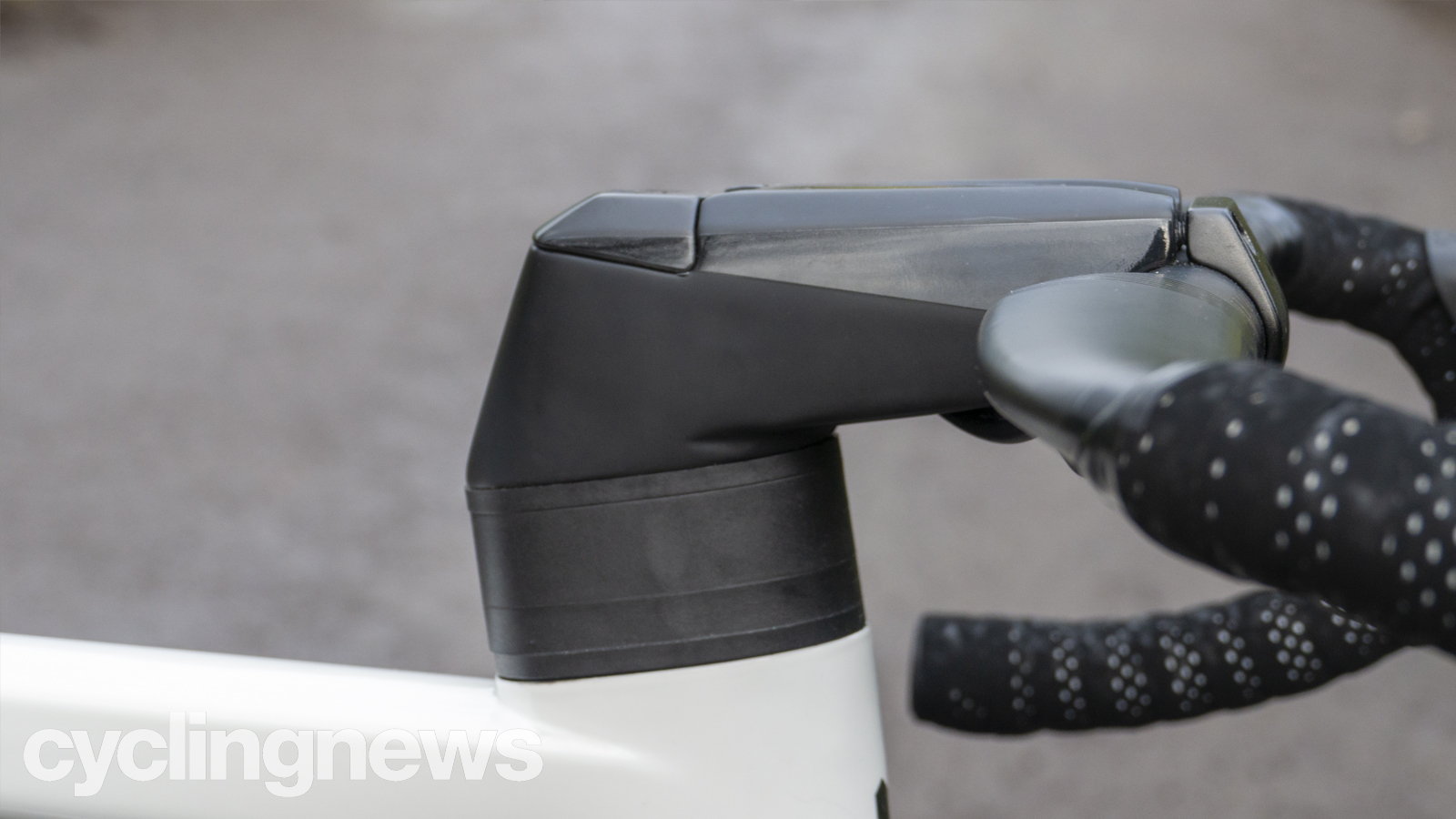
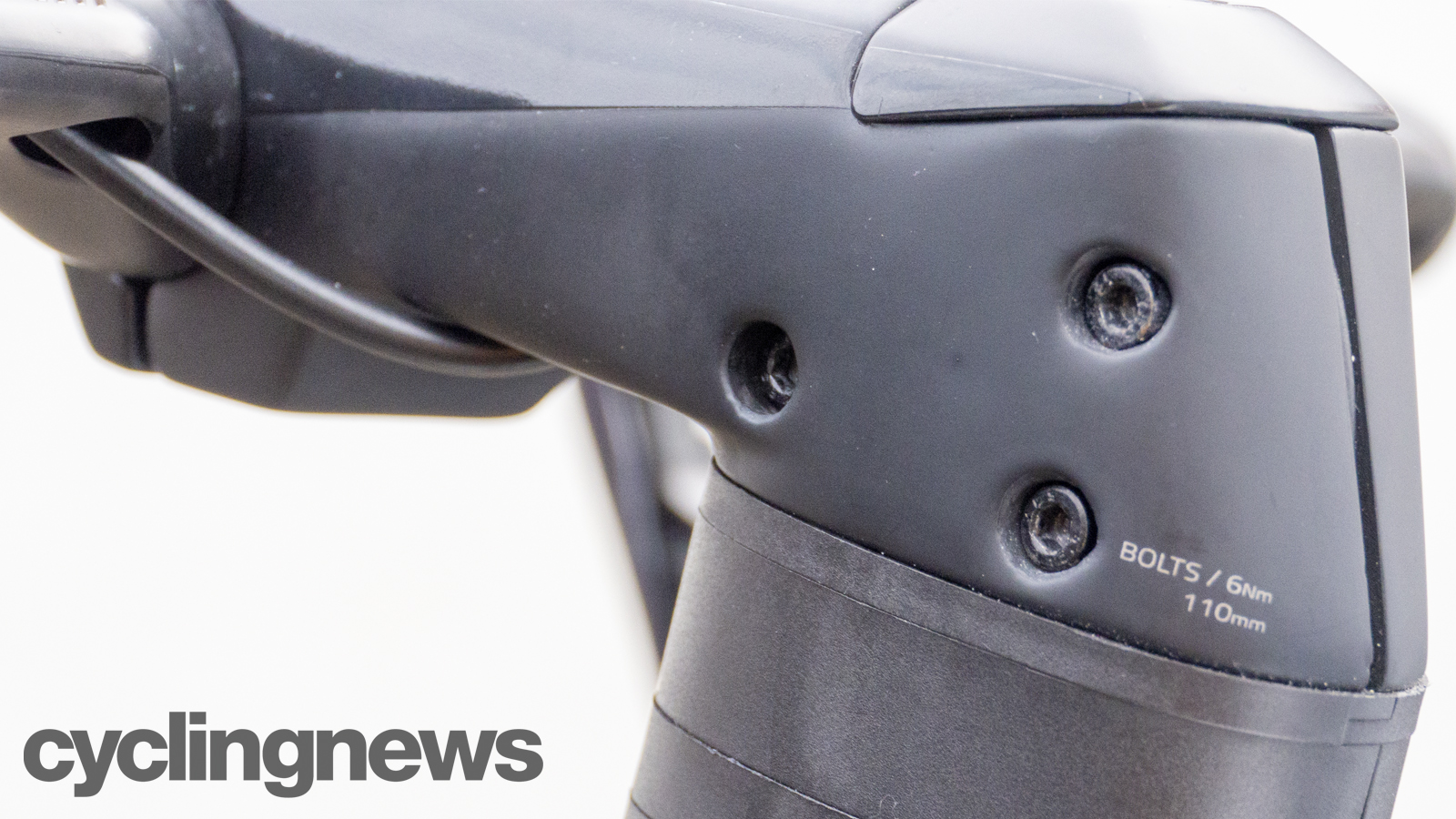
The bike is fitted with Reynolds AR58 wheels which, as the name suggests, are 58mm in depth. They are tubeless ready, although the fitted tyres are Continental's non-tubeless-ready GP5000, so tube-free wannabes will need to factor that into the purchase price. The rims perform admirably in blustery conditions and weigh 1,730g (quoted), which is respectable (though not market-leading) for this depth.
The only thing that the bike misses is a power meter, which is a shame because I can't see too many people wanting the AR who aren't interested in going faster. Even the €11k Dura-Ace model foregoes a power meter, which will undoubtedly put some potential customers off.
Ride
When we talk about aerodynamics, the most pertinent concern is straight-line speed, and it's here that the Felt AR shines. If you read my Specialized Tarmac review, you'll recall there's a stretch of road near home that is ever so slightly downhill. On a fast bike, it's easy to tap it out at 25-30mph. It's hardly scientific, but the Felt holds speed for fun and passes this test all the same.
As for cornering, the uber-stiff stem and carbon bars help to keep things precise, and although the stem, at 110mm, is a little shorter than I'd often choose, the handling remained stable and steady. That said, it does lack a few percentage points on the confidence front when compared to other bikes I've tested this year, but I put that down to the aforementioned stem length.
You probably won't be too surprised to read that with the deep tubing and girthy stem, the ride is stiff. However thanks to the split seatpost and wide rims, it manages this without being jittery or harsh. The option to switch to 28 or 30c tyres should smoothen things up further, should you wish.
Verdict
Probably not the first bike you think of when it comes to buying an aero bike, but the Felt AR is definitely worthy of consideration. If flat land speed is the goal, then you'll be very happy with your purchase.
While it carries a few extra grams than some of the competition, its stiffness means it still accelerates better than most, so criterium racers or sprinters can rest easy, but if the road regularly points up where you live, you might find preference elsewhere. You might also come to rue the lack of power meter, so factor that into the cost, no matter which model you choose.
Logbook: Felt AR Advanced Ultegra Di2
- Time: 4 months
- Rides: 70+
- Mileage: 2,000+km
- Punctures: 0
- Ride types: Training rides, indoor rides
Specifications: Felt AR Advanced Ultegra Di2
- Price: €6,399 / $6,499
- Frame: Felt AeroRoad 3.0 UHC Advanced
- Size: 58cm
- Weight: 8.63kg (19.3lb)
- Groupset: Shimano Ultegra Di2 Disc
- Crankset: Shimano Ultegra R8000, 52/36
- Wheels: Reynolds AR58
- Brakes: Shimano Ultegra Disc
- Handlebar: Devox DBar.C0
- Stem: Felt Sprint UHC Advanced carbon fibre
- Seatpost: Felt AeroRoad IL 2.0
- Saddle: Prologo Dimension 143 T4.0
- Tyres: Continental Grand Prix 5000

Josh is Associate Editor of Cyclingnews – leading our content on the best bikes, kit and the latest breaking tech stories from the pro peloton. He has been with us since the summer of 2019 and throughout that time he's covered everything from buyer's guides and deals to the latest tech news and reviews.
On the bike, Josh has been riding and racing for over 15 years. He started out racing cross country in his teens back when 26-inch wheels and triple chainsets were still mainstream, but he found favour in road racing in his early 20s, racing at a local and national level for Somerset-based Team Tor 2000. These days he rides indoors for convenience and fitness, and outdoors for fun on road, gravel, 'cross and cross-country bikes, the latter usually with his two dogs in tow.
